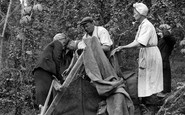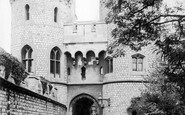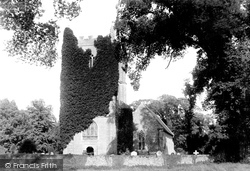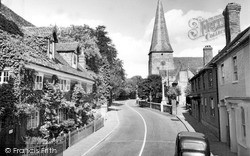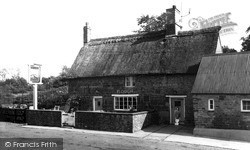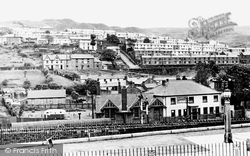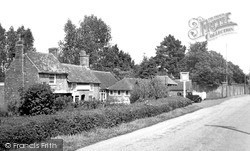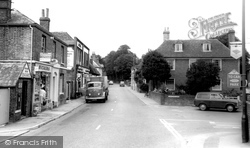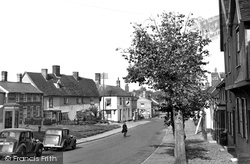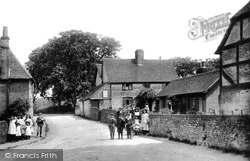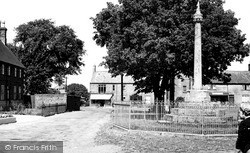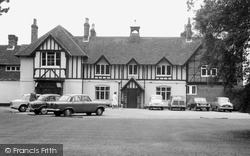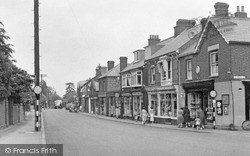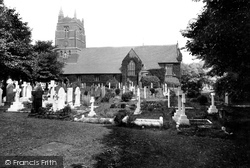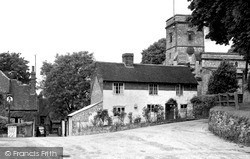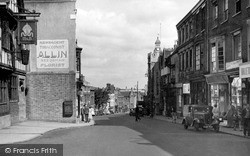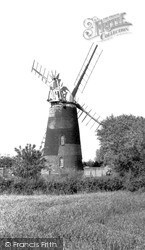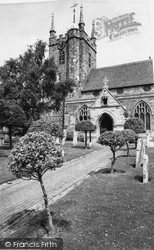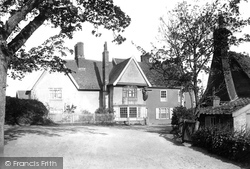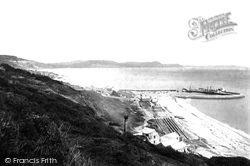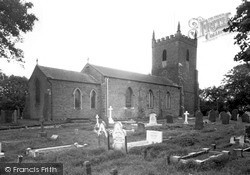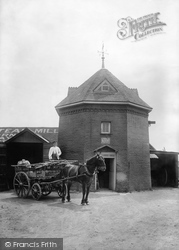Places
Sorry, no places were found that related to your search.
Photos
Sorry, no photos were found that related to your search.
Maps
Sorry, no maps were found that related to your search.
Books
Sorry, no books were found that related to your search.
Memories
741 memories found. Showing results 31 to 40.
Jean Manning 1945
Does anyone remember my mum Jean Manning? She was sent to the school before she had really bad psoriasis all over her body. She was only a young girl when she was sent there from London to the school. Mum would love to hear from ...Read more
A memory of Hayling Island by
Memories Of Bexley Technical High School For Girls.
I was at this school from about 1961- 1966 after passing the 13+ exam. I went to Hall Place first, what a wonderful place it was! I remember Miss Moore who was the headmistress, we had Mrs. Hodgson ...Read more
A memory of Bexleyheath by
Shooters Hill Grammar School 1951 1959
I was there from 1951-1959. Some of the happiest days of my life. A day started with assembly with prayers said and some hymns sung. An awful cacophony of weedy and breaking voices. Various announcements were ...Read more
A memory of Shooters Hill
54 Albert Road
I lived in 54 Albert Road, Parkstone, from 1962 until 1972. My paternal grandparents lived at 56 Albert Road, next door. They'd lived there from the 1930's onwards. The back garden was very big and long, plus sloped downhill. I used to ...Read more
A memory of Parkstone by
At St. George’s School
I was at St George’s School from 1943 - 1949 and I seem to be unique in my really happy time at the school. Mr Smith was very kind and gentle - he really hated having to take a ruler to my hand once - and yes Mrs Smith was really ...Read more
A memory of Mill Hill by
Growing Up In Seaton Sluice In The 1960s
I moved from Blyth to Seaton Sluice into a newly built house in Cresswell Avenue in 1957. Life as a child in the village was exciting; most days we would either play on the beach and harbour or the new ...Read more
A memory of Seaton Sluice by
Hop Picking
Paddock Wood, in particular Beltring, the home of the famous Whitebread Oasts, was the centre of the Hop Gardens of Kent. The Gardens were set out with rows of elevated wire tressles which were supported at intervals by poles. In the ...Read more
A memory of Paddock Wood in 1940 by
Bricklayers Arms
Researching my family history I have found the sale papers for the Bricklayers Arms. It was sold by my Great Grandmother, her husband was Frederick Easom Robinson. It was sold on Friday 8th august 1890. The sale was for Brewhouse ...Read more
A memory of Whittlesey in 1890 by
Boyhood
I was born in 1922 in Mundford where my Father was the village policeman. We had no motor car, indeed in those days there were not many people who could afford this luxury. The village was small, however it was self-contained and provided all ...Read more
A memory of Mundford in 1920 by
Back To Windsor
I've been here - to this very spot, with the precious women of my life - my Mom when I was a child, and with my children when they were women. How can it be that it looks exactly the same in 1890, 1971 and 2001? I can feel the cool ...Read more
A memory of Windsor in 2001 by
Captions
493 captions found. Showing results 73 to 96.
The church of St Mary was burnt down in 1914 and rebuilt by W Fellowes Prynne. What remained of the old building was the brick west tower dating back to around 1635.
The church of St John the Baptist is mainly 13th-century and has a wood-shingled broach spire. The village has many historic houses.
The Plough pub, now a free house, can be found on the Warwick Road.
The first part of Newtown was built as workers` cottages for the employees of the ironworks, and the other section was for workers in the brick works.
The main part of the new outside market lies along Peel Street; its construction forced the alteration of the bus station into a line of stands on each side of the street.
Much of the brick is now painted, and the 'lych gate' roof can be seen next to the inn sign. Beyond are the walls to the grounds of The Dicker, but many of the trees are now gone.
There is a cosy feel to the main street of this little village, between Sandwich and Wingham; it centres around the local shop, the Chequers Inn (on the extreme right) and the brick-built bus shelter.
On the right are Rayner's, an electrical shop, and Thomas the ironmonger. To the right, the long building is the former 15th-century Guildhall.
Fifteen children have been neatly assembled by the photographer in front of the brick and half-timbered cottages that comprised this small village – it was originally called Clandon Abbots.
The Buttercross is to be found in the centre of the village market place. The railings have gone, as have the brick wall and the trees behind it.
The church of St John the Baptist is mainly 13th-century and has a wood-shingled broach spire.The village has many historic houses.
The school moved to the above buildings from Coulsdon in 1948, when two head teachers acquired Pirbright from Sir Walter and Lady Moberly.
Further north along the High Street, the photographer looks past the junction with Vicarage Street past a jumble of piecemeal development, mostly late 19th-century small shops.
On 6 August 1872 the building of St Anne's parish church began. As with Lytham, it was foreseen that with more residents and more visitors larger church buildings must be available.
Oving, west of Whitchurch, lies off the main road, and is a very pretty village on the Portland limestone ridge.
The contraption on the brick wall of Allin's Newsagents beside the pub is a vending machine.
A brick tower mill, this was photographed at about the time it was purchased by a mill enthusiast for preservation. The brick tower is tarred black for extra weather protection.
Another view, similar to H6031 (above), shows the brick-paved path and the holly bushes. At the left is a silver birch, which also survives today.
The original timber building, dating from c1580, has two gables; the brick extension to the right is 19th-century.
From Ware Cliffs we can see the medieval Cobb harbour (centre right) and the coastal skyline of Stonebarrow Hill, Golden Cap and Thorncombe Beacon.
The Buttercross is to be found in the centre of the village market place. The railings have gone, as have the brick wall and the trees behind it.
The brick parish church is well away from the older surviving cottages and stands next to the Old Rectory, an early 19th-century small villa with a hipped roof.
Fifteen children have been neatly assembled by the photographer in front of the brick and half-timber cottages that comprised this small village, originally called Clandon Abbots.
This is the brick lower storey of a windmill built around 1800 by a Crawley millwright, Morley, and situated east of the recreation ground.
Places (0)
Photos (0)
Memories (741)
Books (0)
Maps (0)



